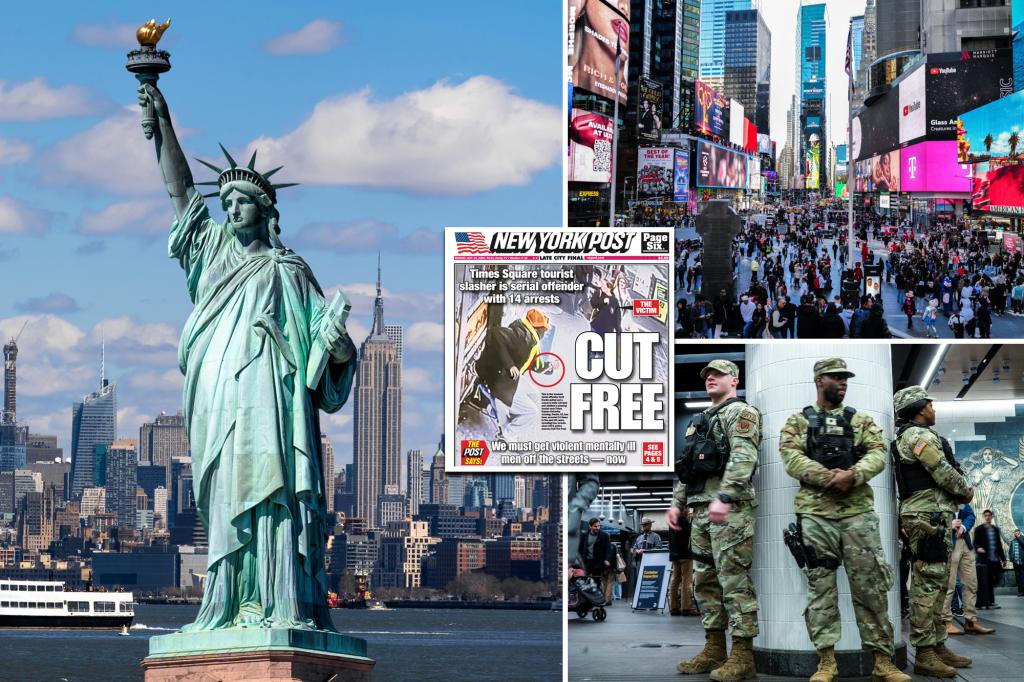The state comptroller’s office released a report revealing that New York City is seeing a decrease in tourism compared to pre-pandemic levels due to concerns about crime. The number of visitors in 2023 was 7% lower than in 2019, with 62.2 million tourists visiting the city. High prices and perceptions of crime and public safety were cited as factors contributing to this slower recovery, as well as recent high-profile attacks on visitors in Times Square and Grand Central Terminal.
International tourism was particularly affected by the pandemic, with a 14% decrease compared to 2019. Foreign travelers typically spend more money than domestic tourists, and spending from international travelers is still down 20% from the pre-pandemic era. While tourists from China were the largest share of global visitors in 2019, now visitors from the United Kingdom represent the biggest share. Domestic travelers, especially those on leisure trips, fared better, with 50.6 million US visitors in 2023, a 7% increase from 2022 but still 5% lower than in 2019.
Despite an overall increase in revenue and spending from tourism, there are still nearly 30,000 fewer workers in the tourism-related sector compared to 2019. Jobs are down 10% in restaurants, bars, hotels, and entertainment venues, and tourism-related retail jobs are down by 16.8%. However, DiNapoli emphasized that the city is close to recovering all the jobs lost during the pandemic and could do so next year. The city hotel occupancy rate was highest among top markets in the nation but still lower than in 2019.
The migrant crisis had an impact on the hotel industry in New York City, with thousands of hotel rooms taken off the market to accommodate migrants, boosting gross profits for hotel owners. The city paid hoteliers an average of $156 per room to provide full occupancy to migrants, primarily in small and medium-sized hotels in the outer boroughs. Larger, popular hotels in Manhattan charged an average of $301 per room. Despite these efforts, the city’s hotel industry still lags behind its numbers from 2019, as well as compared to other major international gateway cities like London and Paris.
The head of the New York City Hotel Association expressed concerns about the city’s tourism market compared to global competition. New York City lags behind other major international cities in terms of both numbers from 2019 and perception of safety. Additionally, the closure of 6,000 hotel rooms during the pandemic and the housing of 16,000 migrants in hotels have impacted the city’s hotel occupancy rate. Without these reductions in marketable hotel rooms, the occupancy rate would be lower. The industry is hopeful for a full recovery, especially with the close return to pre-pandemic tourist numbers in New York City.


